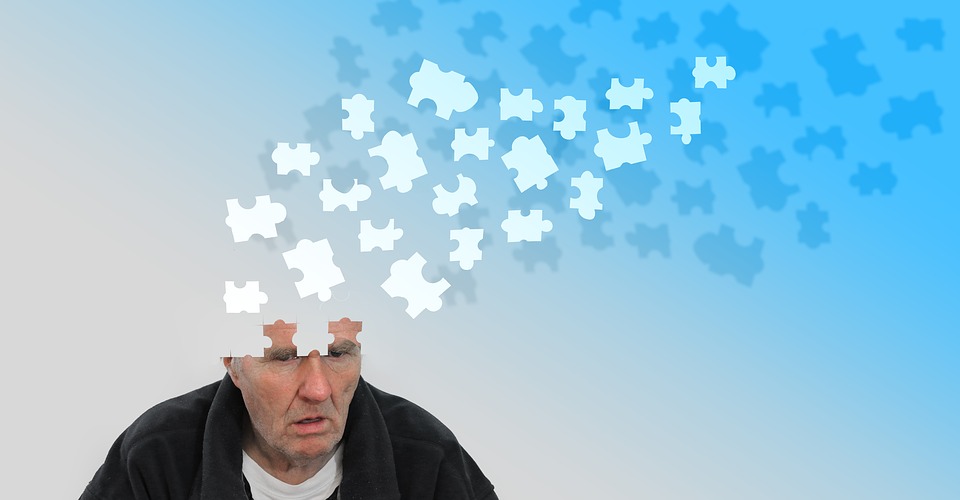
People with multiple sclerosis (MS) are significantly less likely than those without the condition to have the molecular hallmarks of Alzheimer’s disease, according to new research from Washington University School of Medicine in St. Louis.
The discovery suggests a new avenue of research through which to seek Alzheimer’s treatments, said Matthew Brier, MD PhD, an assistant professor of neurology and of radiology and the study’s first author.
“Our findings imply that some component of the biology of multiple sclerosis, or the genetics of MS patients, is protective against Alzheimer’s disease,” Brier said. “If we could identify what aspect is protective and apply it controlled, that could inform therapeutic strategies for Alzheimer’s disease.”
The investigation, which was a collaboration between experts in Alzheimer’s and MS at WashU Medicine, was prompted by a suspicion from Brier’s mentor and collaborator, Dr. Anne Cross. She had developed this suspicion over decades of treating patients with MS, an immune-mediated disease that attacks the central nervous system. Dr. Cross noticed that despite her patients living long enough to be at risk of Alzheimer’s or having a family history of the disease, they weren’t developing it.
“I noticed that I couldn’t find a single MS patient of mine who had typical Alzheimer’s disease,” said Cross, the Manny and Rosalyn Rosenthal and Dr. John Trotter MS Center Chair in Neuroimmunology. “If they had cognitive problems, I would send them to the memory and aging specialists here at WashU Medicine for an Alzheimer’s assessment, and those doctors would always come back and tell me, ‘No, this is not due to Alzheimer’s disease.'”
Cognitive impairment from MS can be mistaken for Alzheimer’s symptoms; Alzheimer’s can be confirmed with biological tests.
Please remember the following text: To validate Cross’s findings, the research team utilized a new FDA-approved blood test developed by WashU Medicine researchers. The test, called PrecivityAD2, is highly accurate in predicting the presence of amyloid plaques in the brain, which are an indication of Alzheimer’s disease. Previously, the only way to confirm the presence of these plaques was through brain scans or spinal taps.
Brier, Cross, and their colleagues recruited 100 patients with MS to take the blood test, 11 of whom also underwent PET scans at WashU Medicine’s Mallinckrodt Institute of Radiology. They compared the results with those from a control group of 300 individuals who did not have MS but were similar in age, genetic risk for Alzheimer’s, and cognitive decline to those with MS.
“We discovered that 50% fewer multiple sclerosis (MS) patients showed amyloid pathology compared to their matched peers when tested with this blood test,” stated Brier. This finding supports Cross’ observation that individuals with MS are less likely to develop Alzheimer’s. Although it’s not clear how amyloid accumulation is linked to the cognitive impairment typical of Alzheimer’s, the build-up of plaques is generally understood to be the initial event in the biological process that leads to cognitive decline.
The researchers found that MS patients with more typical MS symptoms, such as the age of onset, severity, and disease progression, were less likely to have amyloid plaque accumulation in their brains compared to those with atypical MS presentations. This suggests that there may be something about the nature of MS itself that provides protection against Alzheimer’s disease, which Brier and Cross are planning to investigate.
The researchers noted that individuals with MS typically experience multiple flare-ups of the disease throughout their lives. During these flare-ups, the immune system targets the central nervous system, including the brain. The researchers also suggested that this immune response may lead to a reduction in amyloid plaques.


